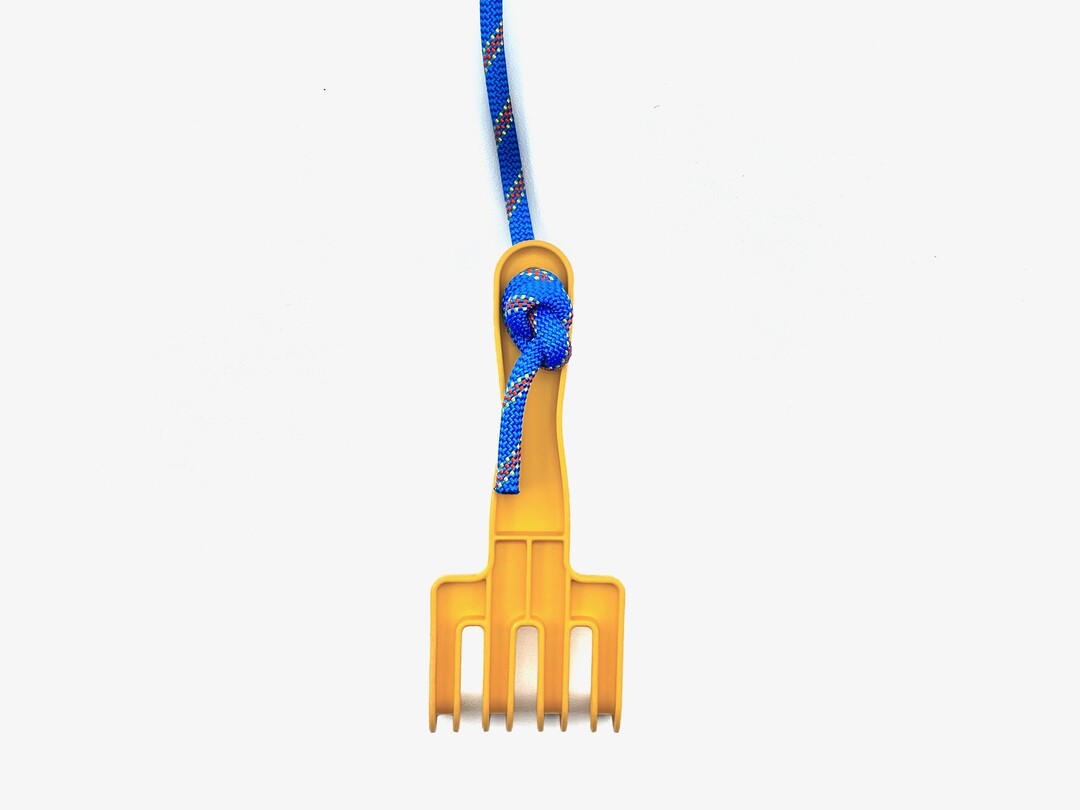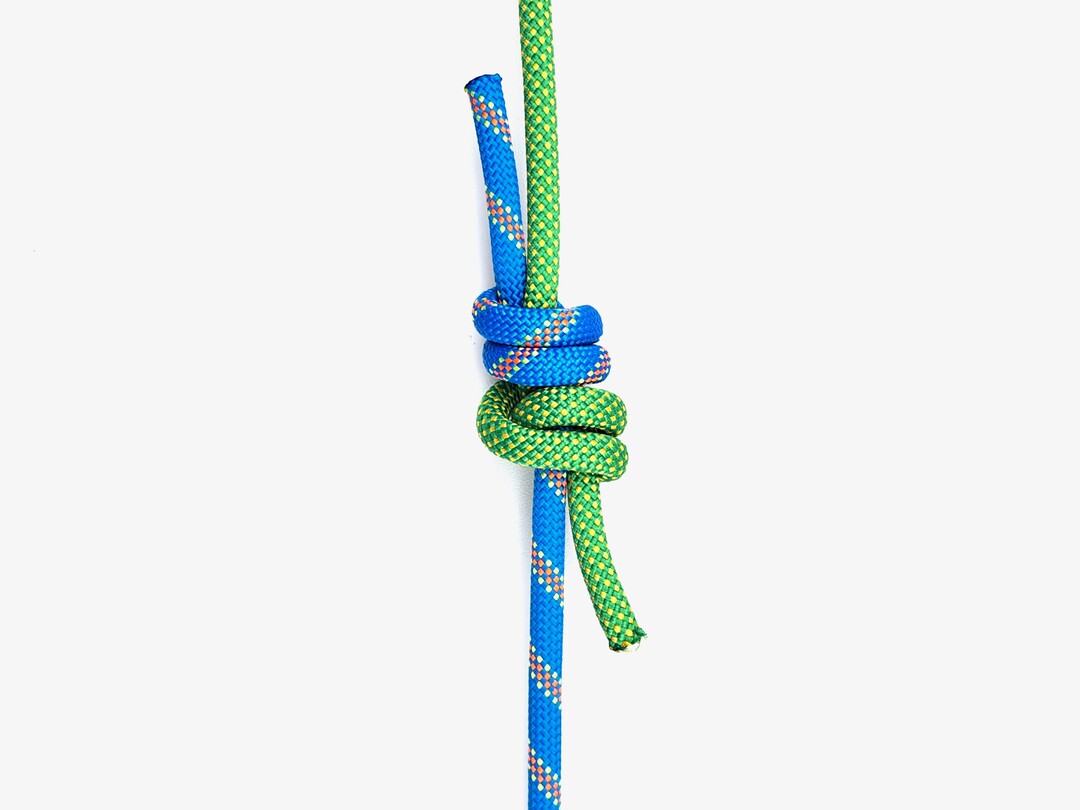
Step-by-Step Instructions
Step 1

Step 2
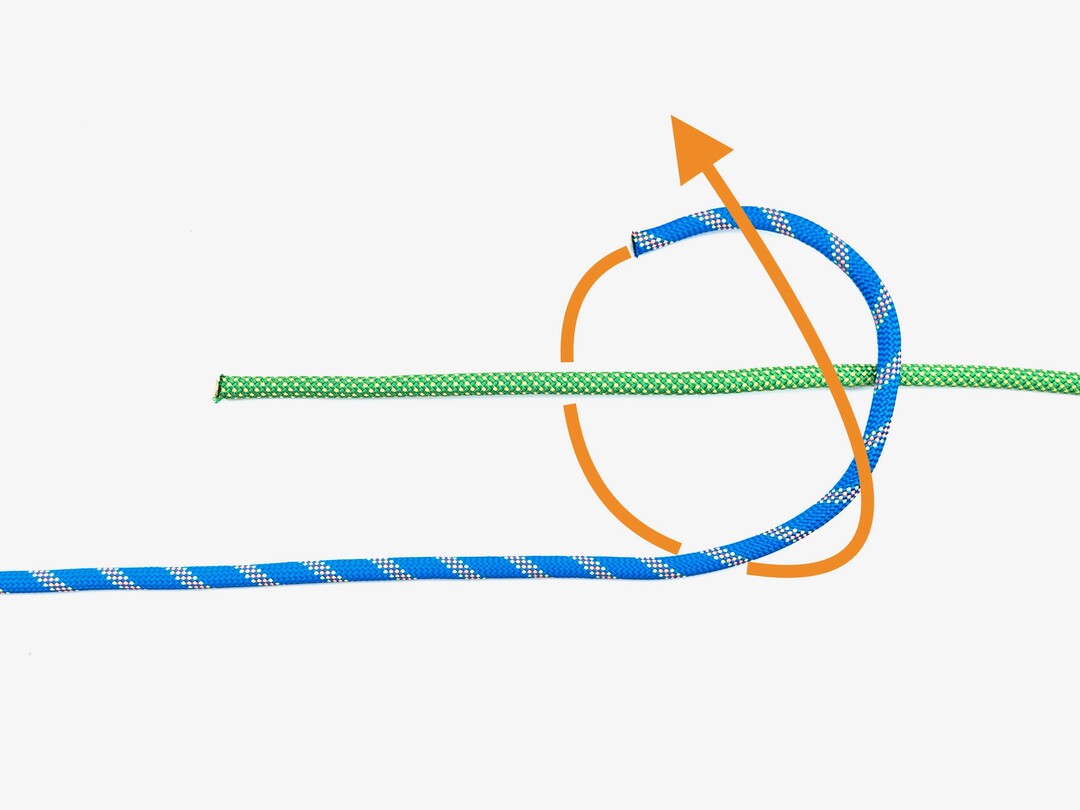
Step 3
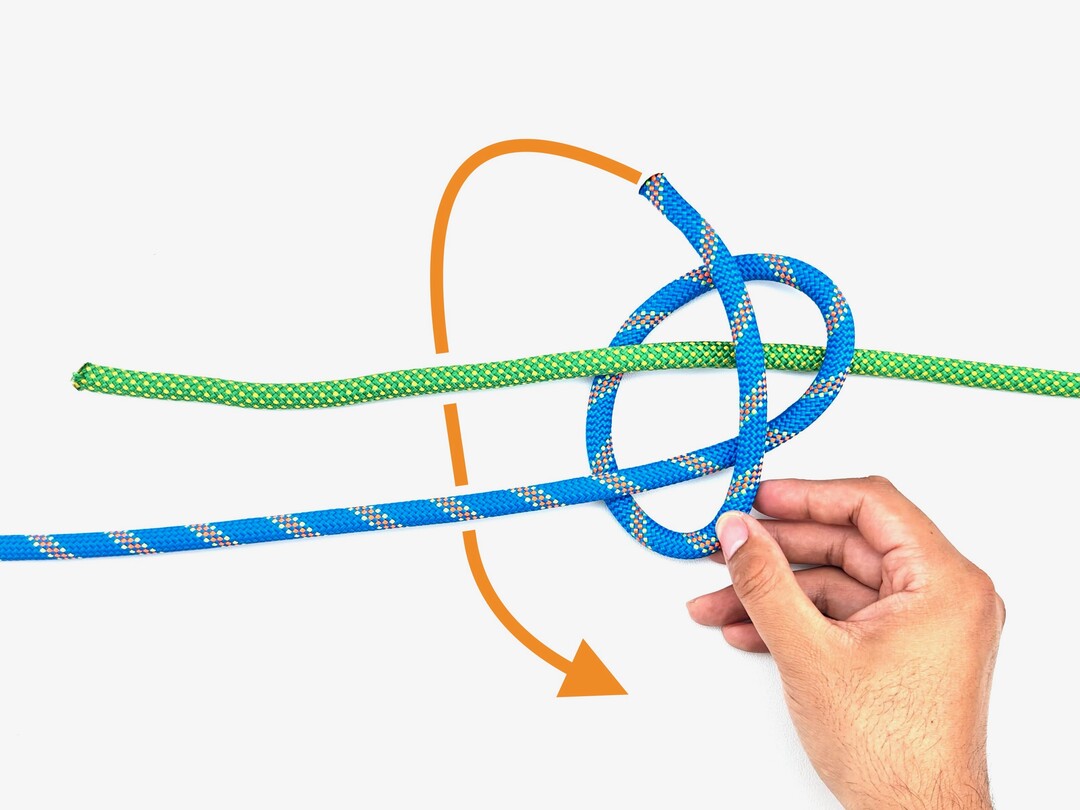
Step 4
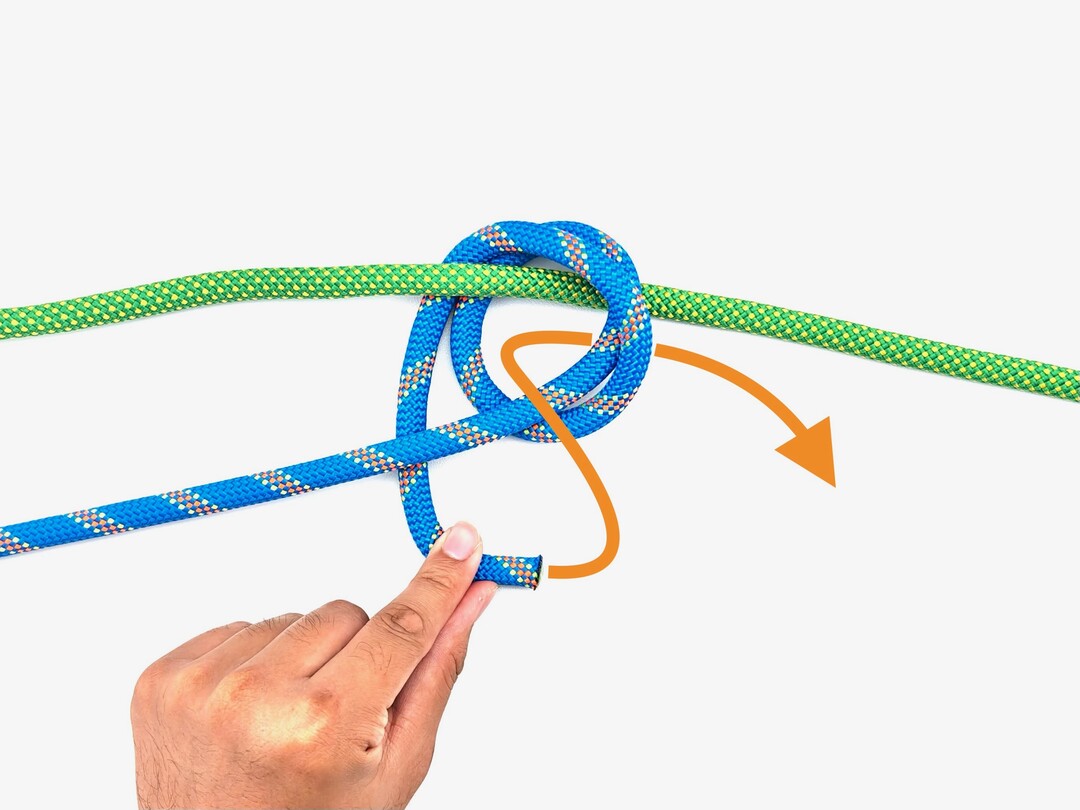
Step 5
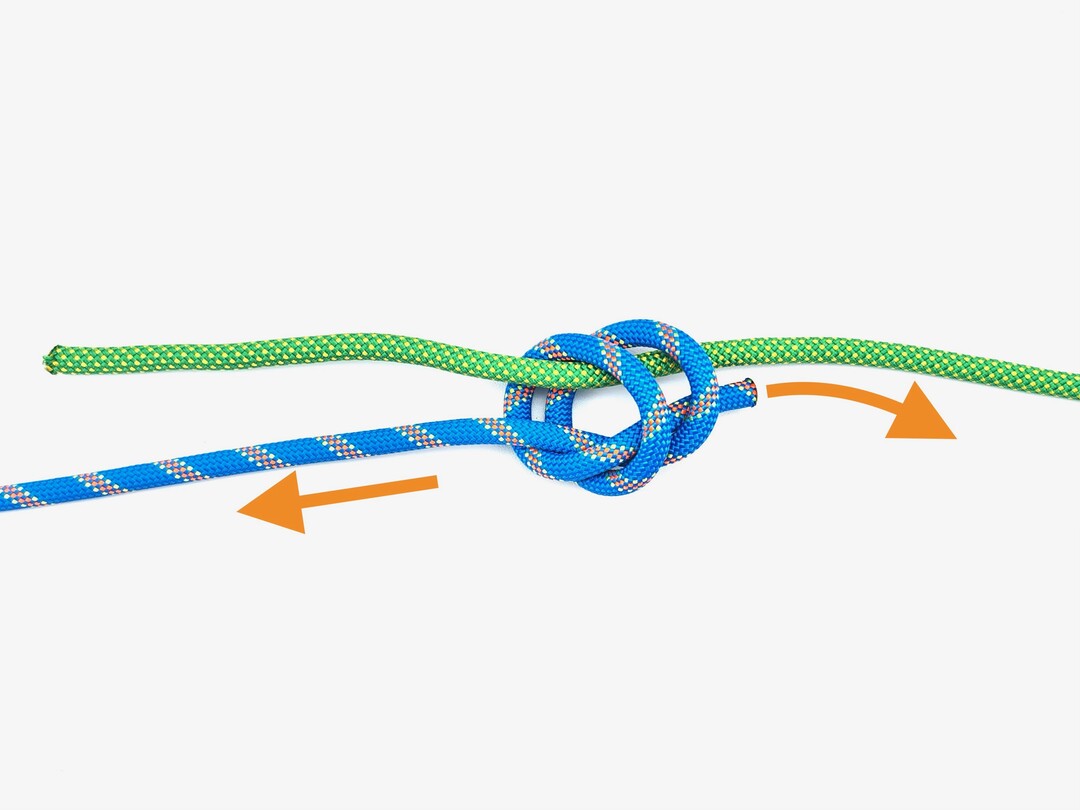
Step 6

Step 7
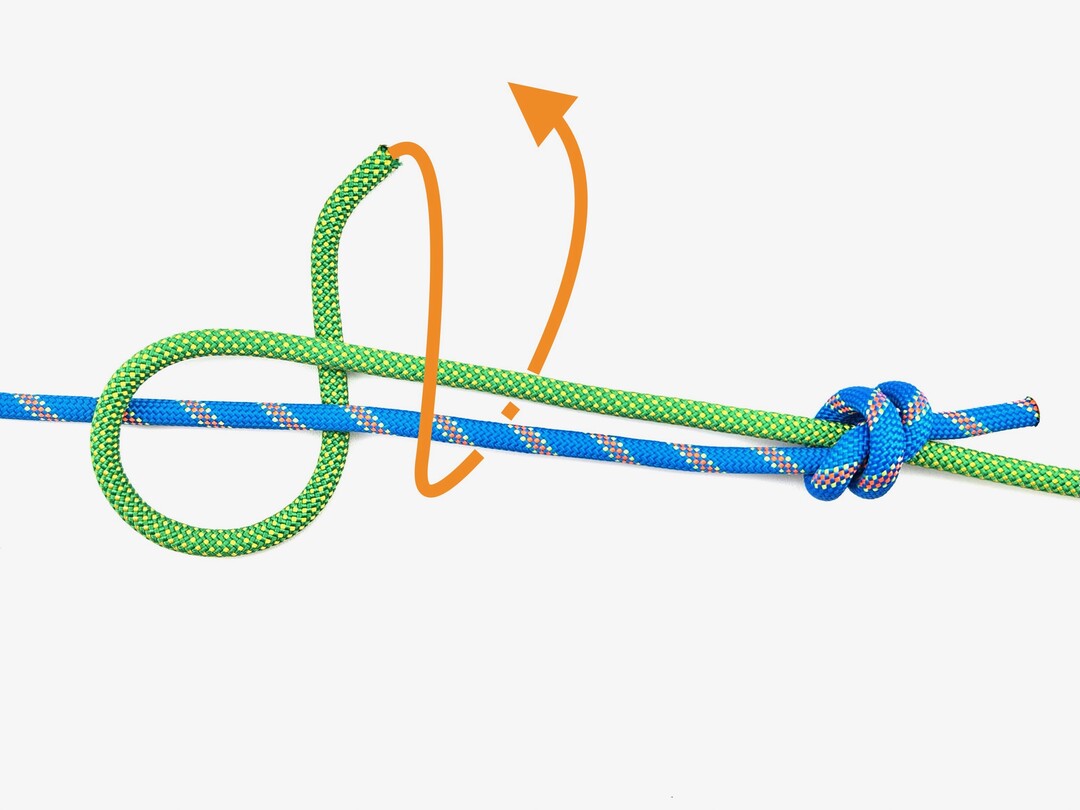
Step 8
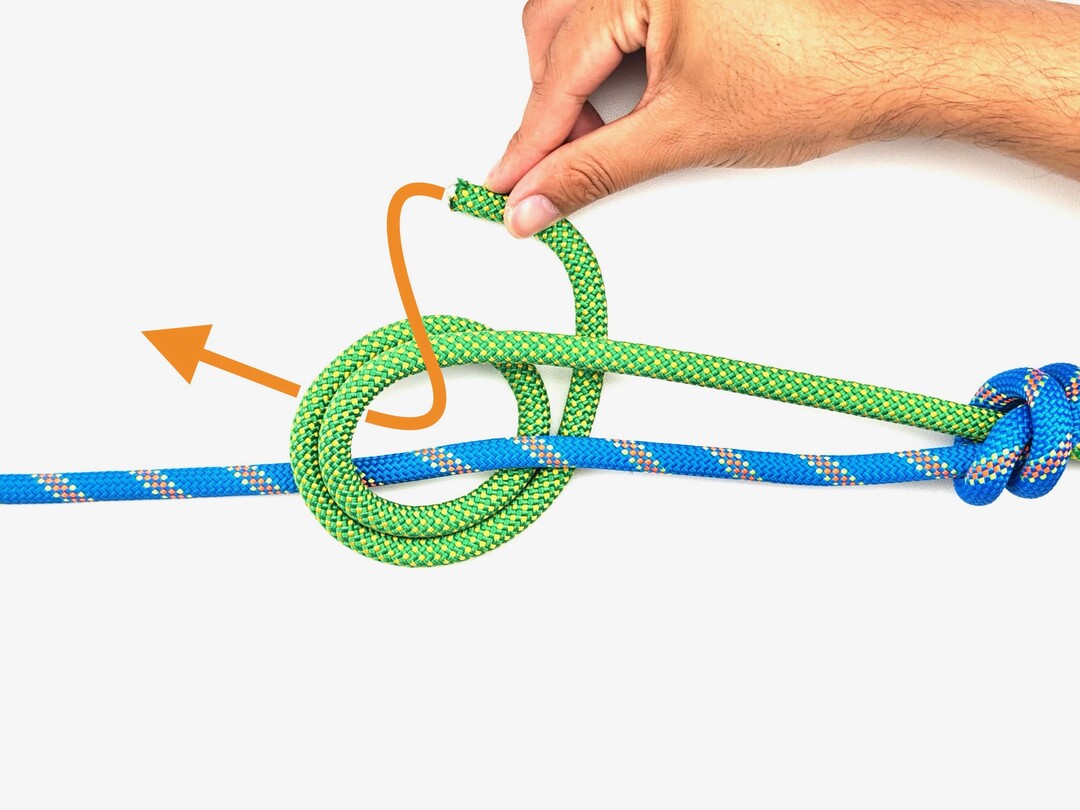
Step 9
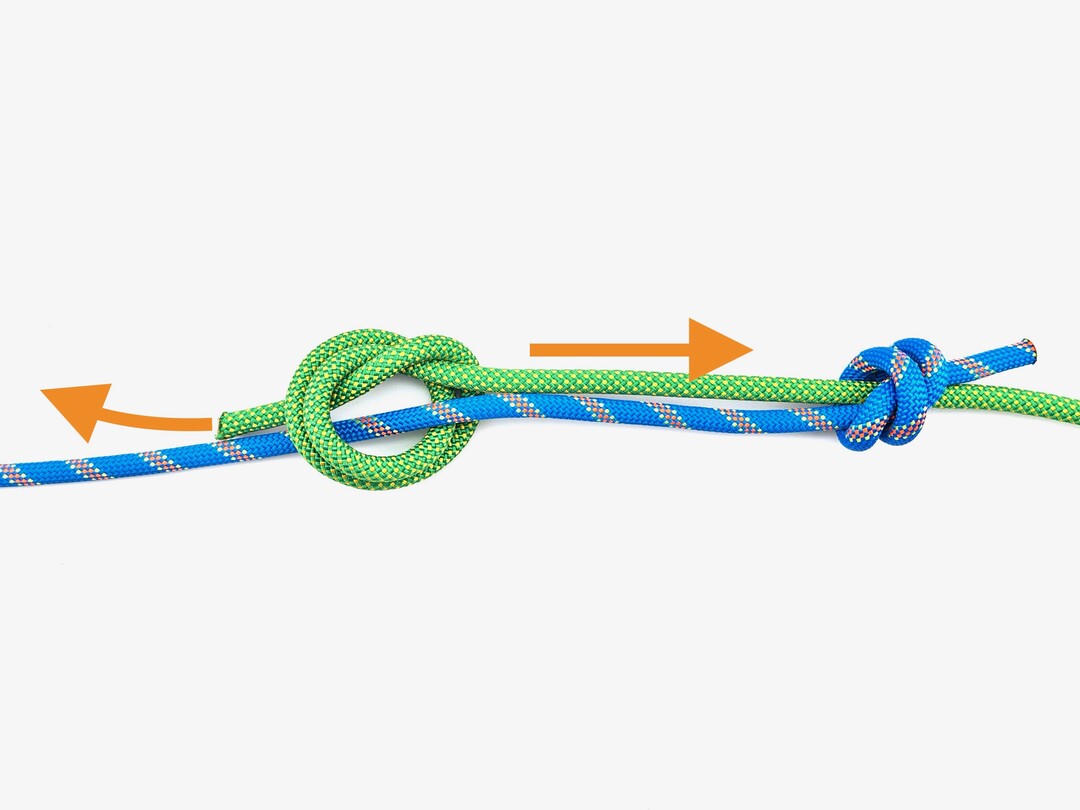
Step 10

Step 11
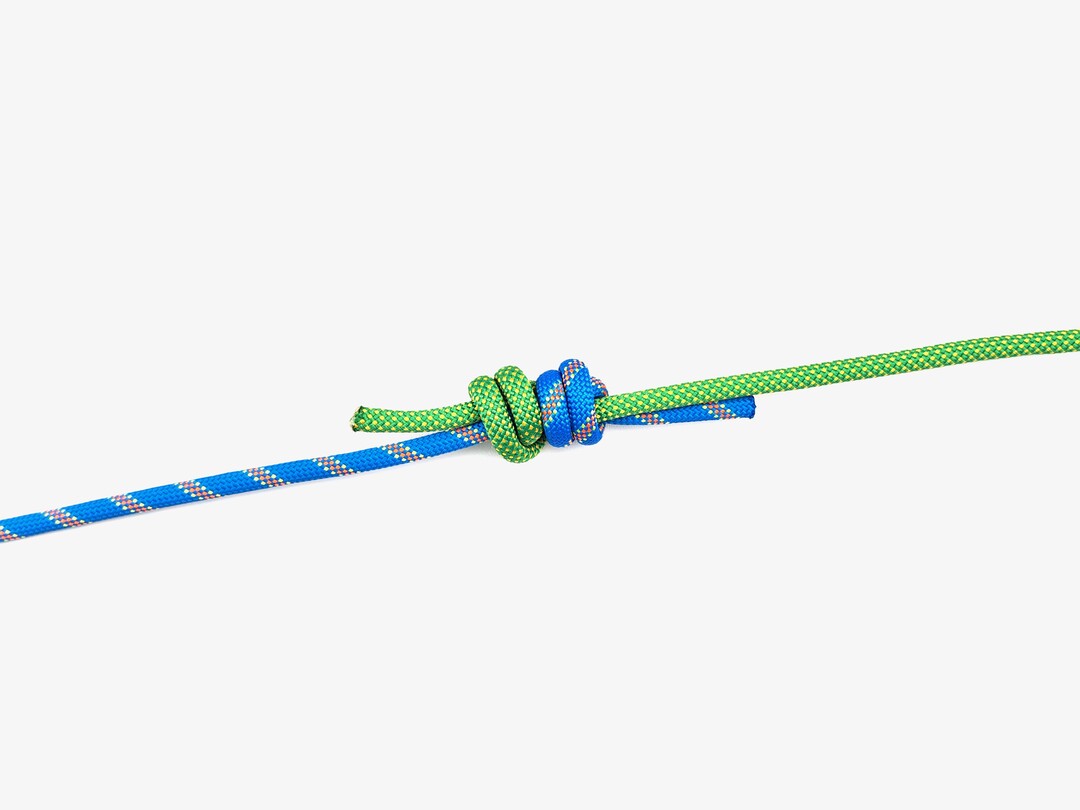
Double Fisherman's Knot
Securely joins two ropes of similar size.
Primarily used in climbing, arboriculture, and search and rescue to securely join two ropes of similar size. Also employed in creating high-strength loops for climber's protection systems and adjusting necklace cords. The knot is formed by tying a Double Overhand Knot around the opposite line's standing part, creating a secure and reliable join.
Also Known As
- Grapevine Knot
- Double Englishman's Knot
- Double English Knot
- Necklace Knot
- Tilley Hat Knot
Advantages
Provides a strong and reliable connection between two ropes, ideal for static applications in climbing, arboriculture, and rescue operations.
Disadvantages
Not suitable for dynamic loads or high-tension situations, as it may slip and fail under such conditions. Can lock up tightly, making it difficult to untie.

